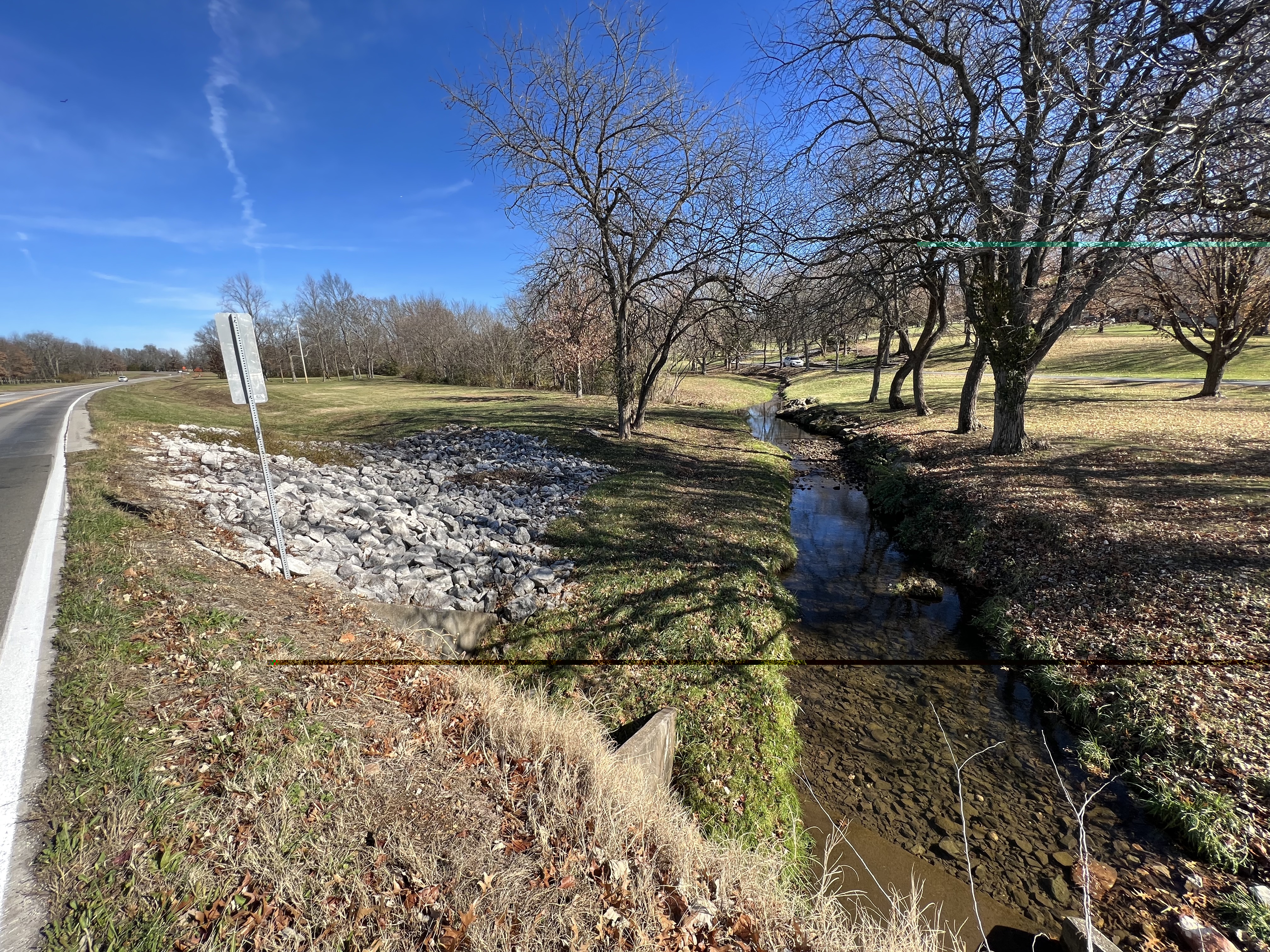IN-DEPTH
Springfield's eastward expansion rides on a sewer project.
Nearly 20 years since it was initially planned, Phase 1 of the Hunt Branch Trunk Sewer project is set to be constructed in 2024 — paving the way for development east of U.S. Highway 65.
Springfield City Council awarded the $3.9 million contract for the project to JD Wallace Contracting, LLC, at its Nov. 20 meeting. The vote followed years of delays, conversations with the many stakeholders and more recently, a dispute between contractors and intense skepticism from City Councilmember Brandon Jenson on whether the payoff will pan out.
While the entirety of the project area is currently in unincorporated Greene County, it would create connections for properties in Springfield’s urban service area to the city’s sanitary sewer system, which could spur development and future annexations into Springfield.
Eastward expansion of Springfield has been anticipated for at least two decades.
“This area is highly important to the future of the city because it gives us an opportunity to connect and have what could be, at some point in the future, a much larger area inside our city limits, which will give us some additional business but also an opportunity for increasing population and a green space path out,” City Manager Jason Gage said at a May City Council retreat.
History and details of the Hunt Branch Trunk Sewer project
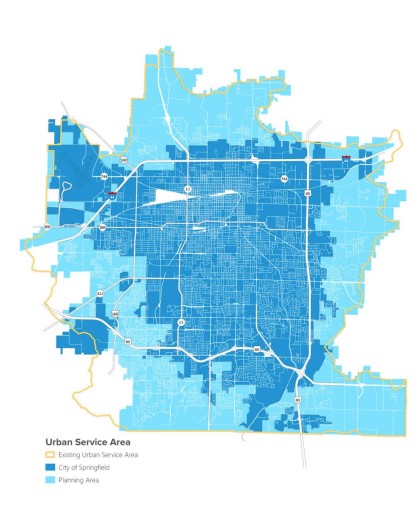
In 2005, the city council extended Springfield’s urban service area — defined boundaries within which a city is able to provide public infrastructure — to include the Hunt Branch watershed. Hunt Branch, an intermittent tributary of a tributary of the James River, extends east of U.S. Highway 65 along U.S. Highway 60 towards Rogersville.
A trunk sewer, a large pipe that serves as a backbone of a sewer system, was designed. The build was placed on hold in 2008 due to poor economic conditions and struggles to acquire necessary property easements for the project.
Negotiations for easements resumed in 2017, as the Springfield City Council reaffirmed its interest in the project. It culminated in the eventual awarding of a bid on Phase 1 on Nov. 20, 2023.
Phase 1 will take the trunk sewer south of U.S. Highway 60 between Farm Road 189 and Farm Road 193 to the Hunt Branch, where it will extend westward towards Highland Springs and east to State Route NN. A future phase will extend the main line as far east as Farm Road 206. Construction is expected to begin towards the end of 2023, and the contractor will have a year to complete the project.
Errin Kemper, the director of Springfield’s Department of Environmental Services, said nothing is scheduled beyond Phase 1, and a further extension of the trunk sewer may depend on development.
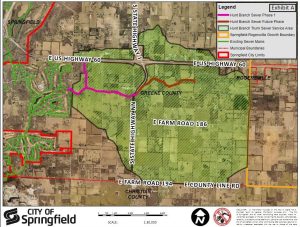
“The city will often — or at least sometimes — fund these big trunk sewer backbone infrastructure projects and then if there are properties out there that, as they develop, the developers will then extend the sewer out to their development,” Kemper told the Hauxeda. “So that's probably what you're going to see here is that once we've got Phase 1 built, you're going to start to see developers extend, to a lesser degree, out to their individual properties.”
All three bids on Phase 1 of the trunk sewer came in well below the engineer’s cost estimate of $6 million. Though the project was awarded to JD Wallace Contracting, LLC, for $3.9 million, a 20% contingency allocated $4.7 million from Environmental Services’ Clean Water Fund.
Kemper said the estimate was high because of the risk associated with the karst topography of the land where the sewer line will run, as well as the sheer size of the project.
“Our contractor estimated something like $3,000 to $3,600 per linear foot, whereas the winning bidder was around $1,800 per linear foot,” Kemper said at a Nov. 6 city council meeting. “Those aren't worlds apart or orders of magnitude apart, they're just a little bit of a difference in guessing, but since it's such a big portion of that project, that alone accounted for a million dollars of that difference.”

Though the City of Springfield will front the cost for the project, it is anticipated to be paid back over time through a trunk sewer fee from all properties within its service area once those properties are connected to the sewer system. The fee will be determined by dividing final project costs by the total square feet within the service area (147,054,512 square feet), and proportionally multiplied for each property. The average is estimated to be between $0.0281 and $0.0334 per square foot.
Alongside the trunk sewer, City Utilities is adding a backbone of its own — a water line. The water line expansion will also be broken up in phases. Beyond Farm Road 193, a pump station will be required, and beyond that — as with the sewer service — demand will dictate further additions, according to CU spokesperson Joel Alexander.
Design is underway, and construction on the water main and pump station will begin with the City Council's approval, with $4.6 million allocated for CU’s first phase of the project.
Collaboration with Greene County crucial for compatible zoning
While a connection into the sewer line requires property owners’ consent to annexation into Springfield, it doesn’t guarantee that a property will be annexed into the city limits, at least not immediately.
Missouri law requires voluntary annexations to be compact and contiguous to the existing city or town they are being annexed into — essentially meaning that they must share a substantial boundary.
Properties in the Hunt Branch Trunk Sewer service area are not currently “compact and contiguous” to Springfield. Until the city limits make it that far east, the city is working with Greene County to ensure land zoning is compatible with Springfield, which is in the process of updating its codes.
“There’s been a lot of discussion with city planning to say ‘How can we more closely mirror their zoning regulations so that the development that does occur will look the same as if it's in the city and then eventually when the city annexes it, it wouldn't be any different development,’” Kevin Barnes, Greene County’s director of Resource Management, told the Hauxeda.
Rather than try and “shoot at a moving target,” the county is about to begin the process of updating its “antiquated” zoning codes, which Barnes said was needed regardless of the sewer project.
“We'll have to buckle down to be able to keep up with them and we’ll have to dedicate some resources that we don't really have, but we think it's worth the effort,” Barnes said at a Nov. 9 Greene County Commission briefing.
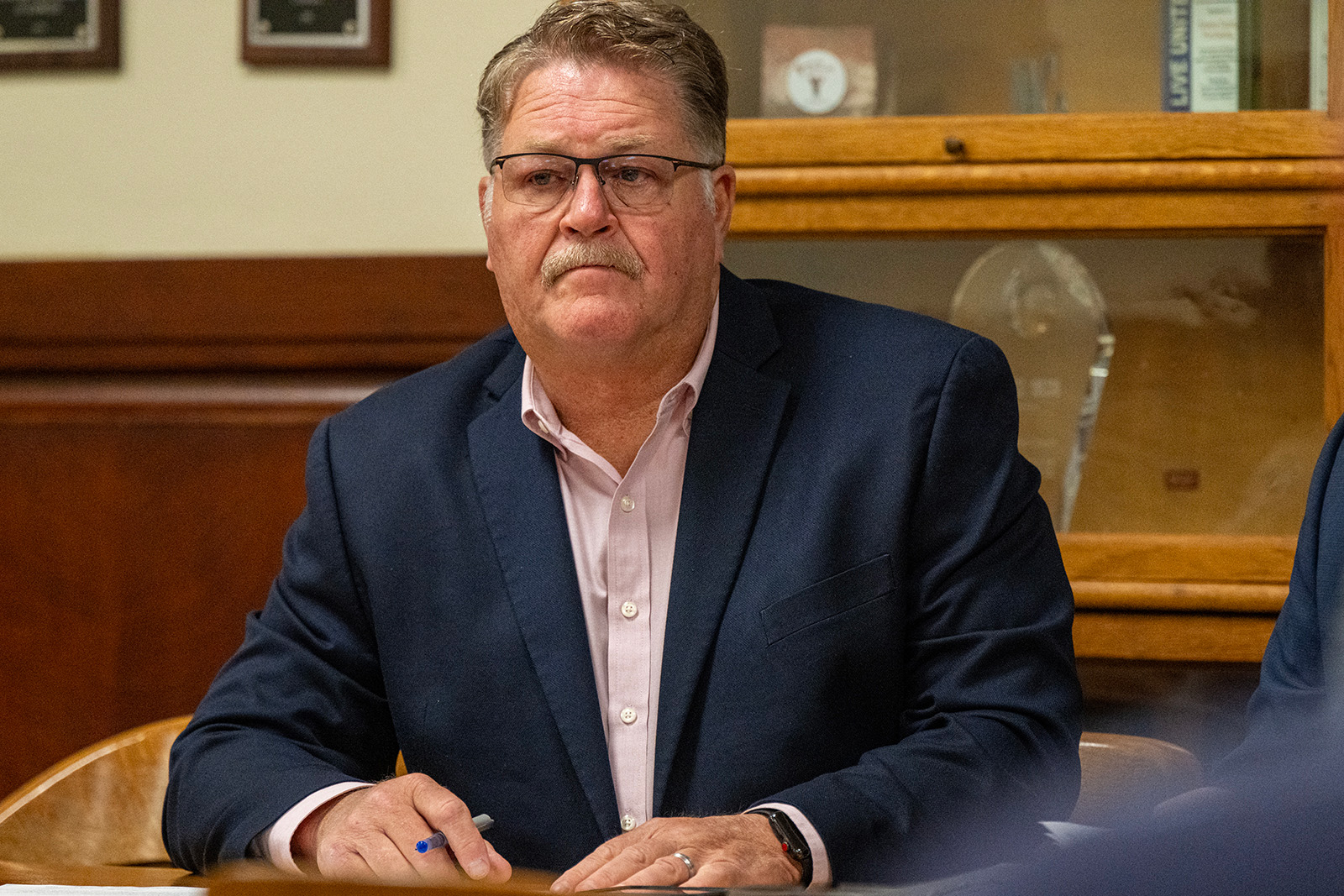
Greene County First District Commissioner Rusty MacLachlan urged that the county not go “too far” in reflecting Springfield's zoning code, though he noted that his concern lies more in Springfield’s building codes governing residential developments. MacLachlan, a seventh generation contractor, believes Springfield's residential codes are “counterproductive to their goals of affordable housing.”
“I don't like the idea of following the city on what they're doing with a lot of things because they tend to push back against the development community,” MacLachlan said at the briefing. “So let's make sure it makes sense before we go that — and maybe they need to fall more in line with what we do.”
Barnes agreed with MacLachlan in general, but noted that the county’s zoning codes are already not too far off from Springfield's in some respects. Barnes believes properties along Highway 60 and the Hunt Branch Trunk Sewer would “ultimately” one day be inside Springfield city limits.
“For the 23 years I’ve been here, people were buying that land waiting to develop and they were just waiting for sewer,” Barnes said. “Now sewer’s coming, and for 20 years we’ve been waiting, but now we're not waiting anymore. It’s going to develop.”
Barnes said the code updates will take the better part of a year. While it will look at all of Greene County, the focus will be on urban service areas — for Springfield and other municipalities.
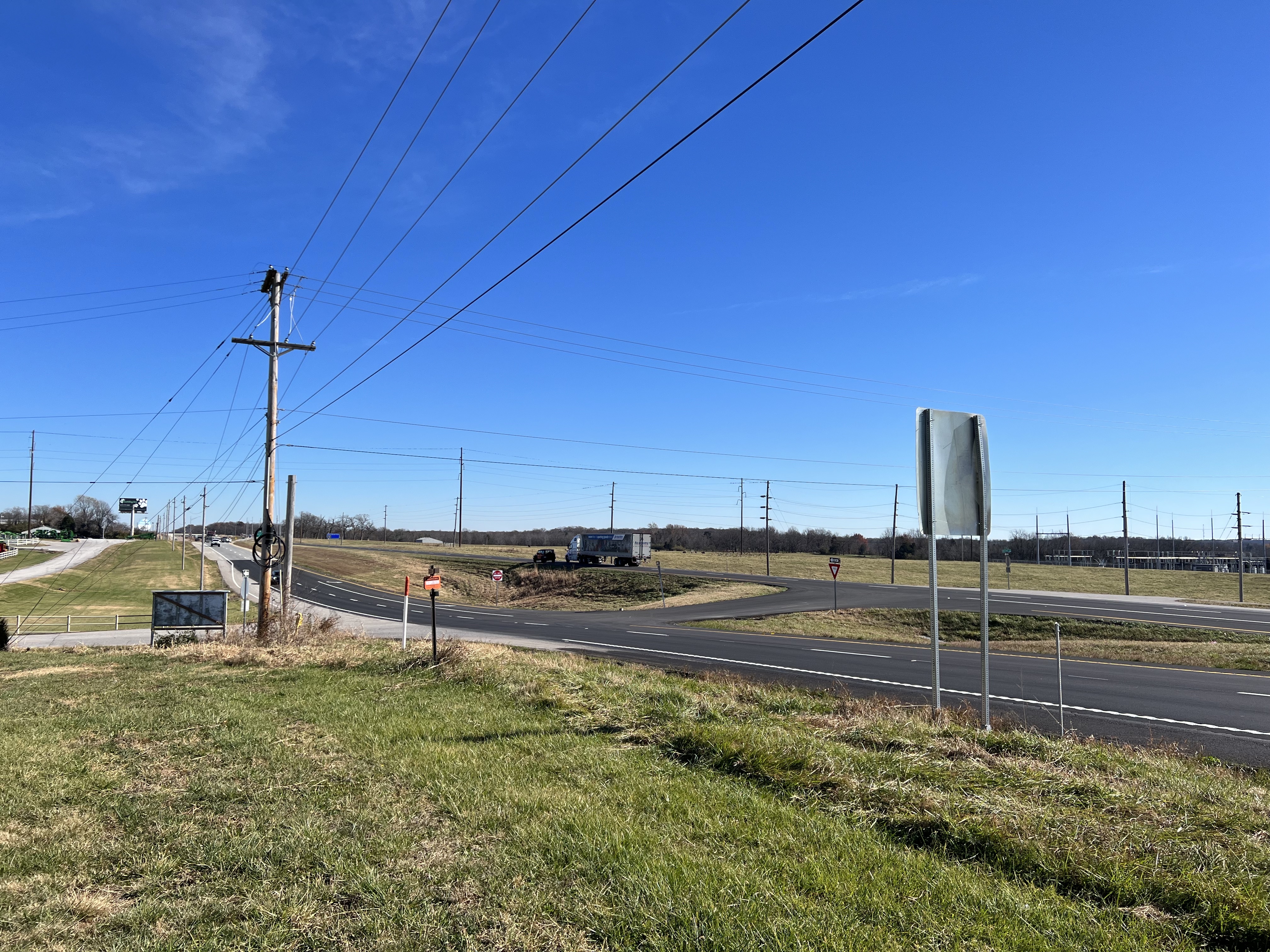
Councilmember concerned over lack of assurances
Though Councilmember Brandon Jenson ultimately voted to award the $3.9 million contract for what is “much more than just a sewer extension,” he said he “struggled” with his decision on the bill. Jenson vocalized some doubts over whether the city's investment in running sewer service east of U.S. Highway 65 will pay off.
To provide some level of assurances at the May city council retreat, Jenson encouraged the city government to make zoning-related agreements with Greene County. Though no specific agreements were reached by the time the City Council voted on the sewer project Nov. 20, City Manager Jason Gage said conversations with the county government were bound to occur, possibly over the yearlong construction period.
“We're working all the avenues concurrently to try to make sure that that area has the ability to develop as it's wanted to, as the owners of one or two for some time, and can resemble development under what would be the influence of the city's comprehensive plan,” Gage said.
Even if the land around Hunt Branch was in Springfield, Jenson expressed little faith that zoning regulations would be an effective tool to manage development, and guarantee sufficient population density to offset the cost of extending sewer services to the area.
“While zoning — we can identify commercial land uses or residential land uses, we can't control whether those commercial uses that go in are going to be sales tax generating, which is the primary driver of our economy here and of our budget,” Jenson said.

Under the “Growth Areas Future Placetype” of Forward SGF, the city’s comprehensive plan, land along both sides of Highway 60 between Springfield and Rogersville is tagged for high-density housing and commercial development, with low-density neighborhoods and single-family homes placed farther from the highway.
“We often hear that government should be ran more like a business, which I do not necessarily agree with,” Jenson said. “But in this instance, [Forward SGF] gives us pretty clear guidance to do just that.”
Additionally, Jenson weighed how to balance the costs of expansion — like the trunk sewer — and existing infrastructure needs, pointing to the public improvements needed to realize the Lake Springfield Plan and improve water quality, as well as the potential need to fund the Police and Firefighters’ Retirement System.
Jenson acknowledged that, once annexed, property owners would help pay back the cost of the trunk sewer over time. He also emphasized that as a precursor for development, additional public infrastructure, utilities and road improvement projects, would follow.
“When faced with a decision to extend infrastructure and thereby look at annexation of a property, I think it's always going to be a really difficult choice of balancing the needs for serving our current system, and opening up new land for development so that our city continues to grow and prosper,” Jenson said.
Inevitability of development, environmental concerns

Following Jenson’s remarks, several council members laid out their reasoning for supporting the trunk sewer project. They see the benefits potential development could bring to Springfield, and cited environmental concerns around septic systems.
“This area is going to develop, whether we annex or whether we build the sewer system or not,” Councilmember Craig Hosmer said.
Without sewer, new houses would rely on septic systems, which Kemper said risked contaminating groundwater. The risk would increase as density and development increase, according to Kemper, who refers to sewer systems as a “prerequisite for urban development.”
“If you don't have a good sewer system, everything else falls apart,” Hosmer said.
Councilmember Matthew Simpson suggested it would cost less in the long run to build the trunk sewer now, rather than “retrofitting” utilities and fixing environmental damage that may come as a result of septic systems.
Jenson sees the “real opportunity” the trunk sewer presents, using Buc-ee’s as an example of a “major economic driver” the city helped bring in on the northeast corner of Springfield. Jenson said he is hopeful the city could reap benefits of development in the Hunt Branch area, but he remained concerned over the lack of assurances of a positive outcome.
Acknowledging the “unknowns,” Zone 1 Councilmember Monica Horton said the $3.9 million for the trunk sewer was a “drop in the bucket” compared to other projects the City Council has funded. Mayor Ken McClure, too, is aware of the risks, but he agreed with the reasoning to support the project.
“While there is risk, I think the benefits far outweigh the risk,” McClure said.
Contractors spar over qualifications
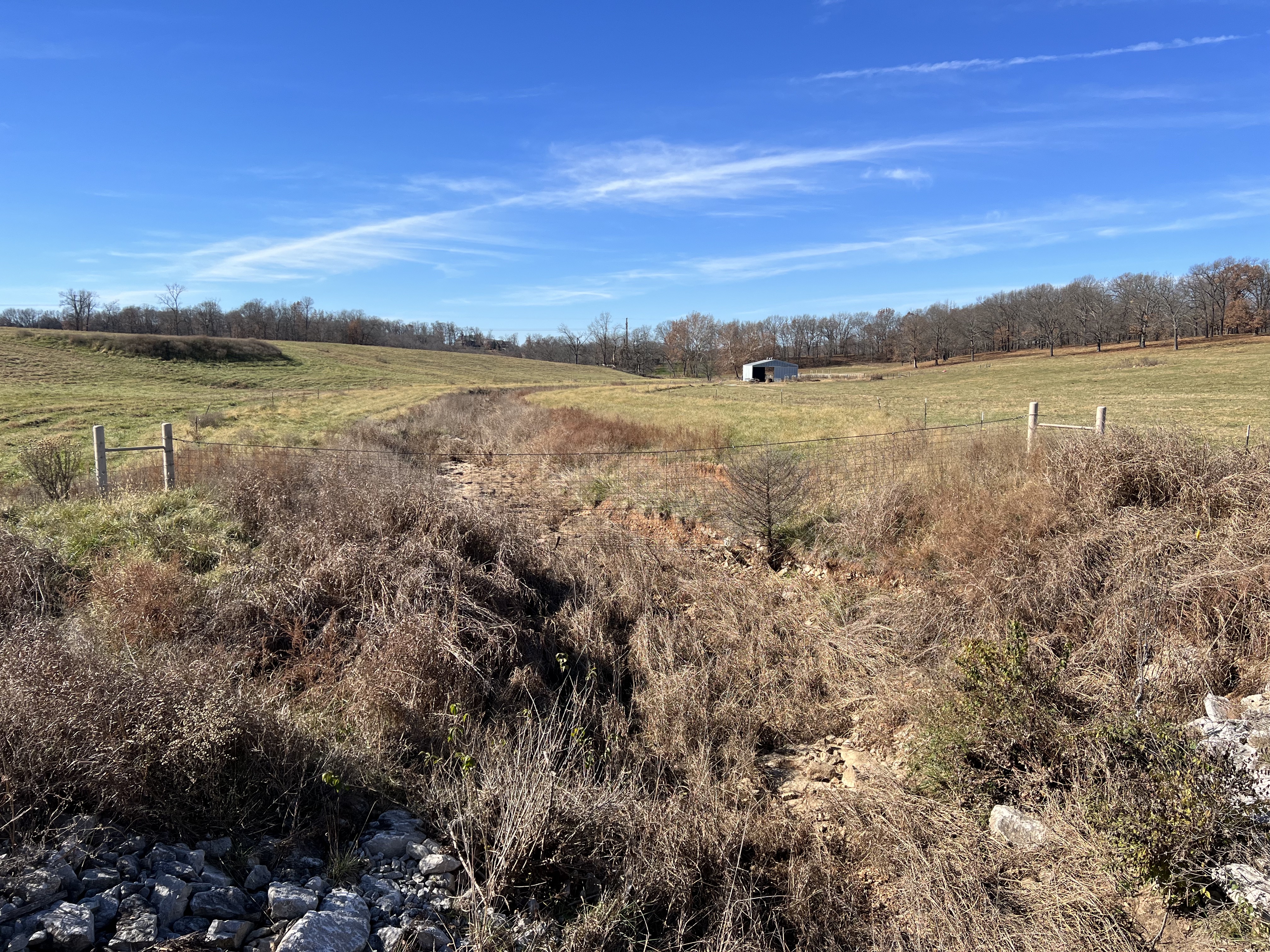
On Nov. 6, during the public hearing on the Council Bill accepting the bid of JD Wallace Contracting, Victor Rosetta of Rosetta Construction — who bid on the project at $4.26 million — protested the qualifications of the winning bidder.
In addressing the appeal, Kemper indicated JD Wallace Contracting and its subcontractors' qualifications and experience were sufficient, and that Springfield Environmental Services received letters of recommendation and a referral from the city's public works department.
“Based on the total weight of evidence, we feel that JD Wallace Contractors is qualified to do this work, and they submitted the lowest responsive bid,” Kemper told council members.
Rosetta said the City Council and government staff are “being tested.” He brought to question the qualifications and experience of JD Wallace Contracting on a project as large as the Hunt Branch Trunk Sewer, and suggested JD Wallace's bid may not have been eligible.
Rosetta also argued that the boring method — the process of drilling a path to run utility line underground — a subcontractor for JD Wallace Contracting used posed a risk to the Hunt Branch area, in that drilling fluids could be lost in karst rock seams and caverns.
Justin Wallace, the owner of JD Wallace Contracting, compared large projects his young company has worked to the east Springfield project, and implied that the lack of comparable projects the firm may have is made up by the previous experience he and his personnel have with other contractors.
Mark Anderson, JD Wallace Contracting's boring subcontractor, assured council members that the directional boring technique called to question didn’t pose the danger Rosetta suggested.
“There are methods that some people may not utilize — maybe set in their ways, whatnot, I don't know. But we use newer technology and these frac-outs and water issues and such, it’s not an issue,” Anderson said.
A frac-out occurs when drilling fluid or mud is released into the ground.
